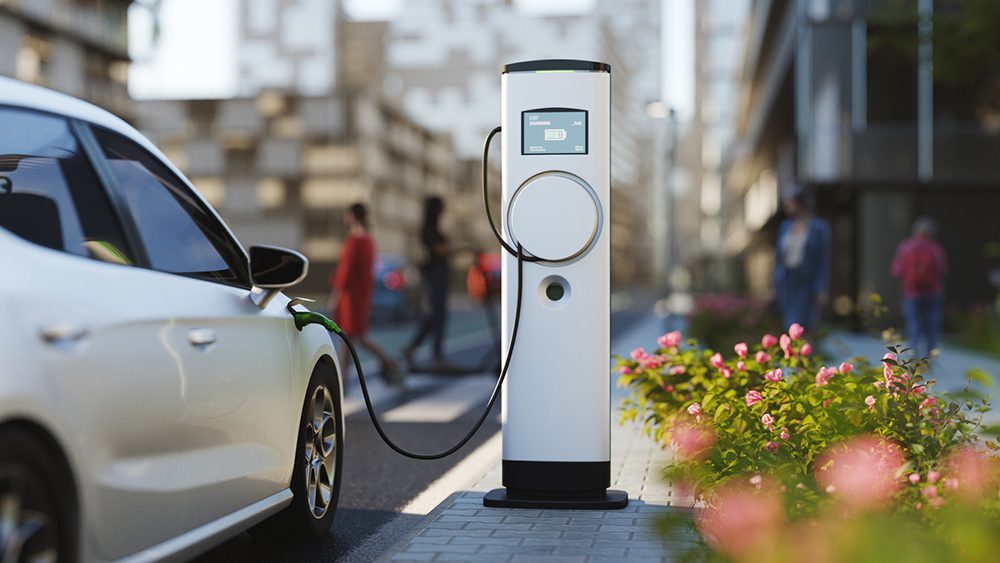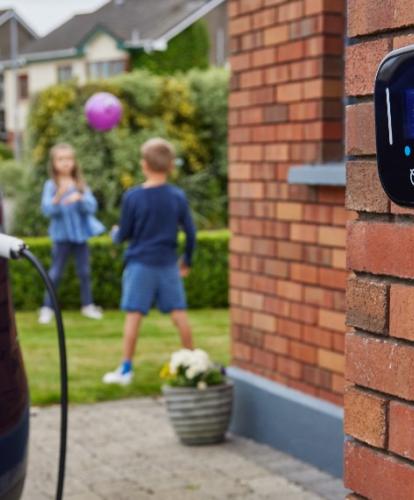Electric vehicles are widely hailed as a key way to mitigate climate change through reduced emissions of gases such as CO2. Of course, they have another benefit too, which is reduced emissions of nitrogen dioxide and also particulates, resulting in cleaner air – especially in cities and other urban areas.
With electric vehicle (EV) adoption on the rise, a team of researchers from the University of Southern California’s Keck School of Medicine have been able to document the actual impact of increased EV adoption, in the first study to use real-world data to link electric cars, air pollution and health.
The researchers analysed a “natural experiment” occurring in California as residents in the state rapidly transitioned to zero-emission vehicles (ZEV), utilising publicly available datasets. The results were published in the journal Science of the Total Environment.
Comparing data on total ZEV registration, air pollution levels and asthma-related emergency room visits across the state between 2013 to 2019, the researchers found that as ZEV adoption increased within a given zip code, local air pollution levels and emergency room visits dropped.
“When we think about the actions related to climate change, often it’s on a global level,” said Erika Garcia, PhD, MPH, an assistant professor of population and public health sciences at the Keck School of Medicine and the study’s lead author.
“But the idea that changes being made at the local level can improve the health of your own community could be a powerful message to the public and to policy makers.”
To study the effects of electric vehicle adoption, the research team analysed and compared four different datasets.
First, they obtained data on battery-electric and plug-in hybrid electric vehicles as well as hydrogen fuel cell cars from the California Department of Motor Vehicles, and tabulated the total number registered in each zip code for every year between 2013 and 2019.
They also obtained data from U.S. Environmental Protection Agency air monitoring sites on levels of nitrogen dioxide (NO2), an air pollutant related to traffic, and zip code level asthma-related visits to the emergency room.
Asthma is one of the health concerns long linked with air pollutants such as NO2, which can also cause and exacerbate other respiratory diseases, as well as problems with the heart, brain and other organ systems.

The study is the first to use real-world data to link electric cars, air pollution and health.
Finally, the researchers calculated the percentage of adults in each zip code who held bachelor’s degrees. Educational attainment levels are frequently used as an indicator of a neighborhood’s socioeconomic status.
At the zip code level, for every additional 20 ZEVs per 1,000 people, there was a 3.2% drop in the rate of asthma-related emergency visits and a small suggestive reduction in NO2 levels. On average across zip codes in the state, ZEVs increased from 1.4 to 14.6 per 1,000 people between 2013 and 2019.
While climate change is a massive health threat, mitigating it offers a massive public health opportunity, according to Sandrah Eckel, PhD, an associate professor of population and public health sciences at the Keck School of Medicine and the study’s senior author.
“The impacts of climate change on health can be challenging to talk about because they can feel very scary,” said Eckel.
“We’re excited about shifting the conversation towards climate change mitigation and adaptation, and these results suggest that transitioning to ZEVs is a key piece of that.”
As one of the first studies to quantify the real-world environmental and health benefits of ZEVs, the research can help demonstrate the power of this mitigation measure, including possibly reduced health care utilization and expenditures.
Moving forward, transitioning to ZEVs is of course just one part of the solution. Shifting to public transport and active transport, including walking and biking, are other key ways to boost environmental and public health.



